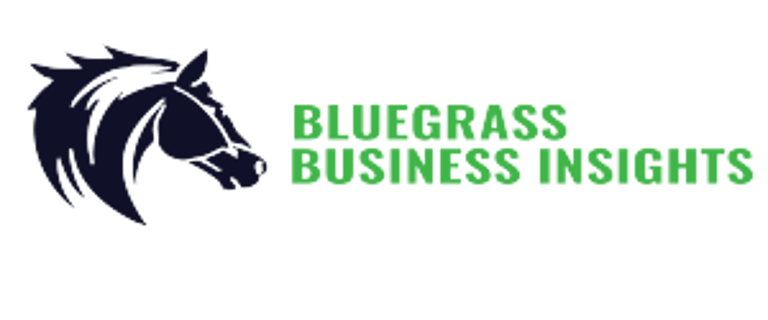Using AI for Interview Prep: A Practical 6-Prompt Framework
Interview preparation doesn’t have to be overwhelming. In this post, we share a practical six-prompt framework for HR professionals to use AI tools like ChatGPT to streamline the interview process. From analyzing resumes to generating candidate-specific questions and creating scoring rubrics, this method helps HR teams save time, ensure consistency, and maintain compliance. The result? Interview guides that are faster to prepare, easier to use, and fully aligned with role requirements — all while keeping HR judgment at the center.
ARTIFICIAL INTELLIGENCE
10/9/20252 min read


Using AI for Interview Prep: A Practical 6-Prompt Framework
Preparing for interviews takes time. HR professionals often spend hours pulling together job descriptions, writing questions, and building scoring rubrics to keep the process consistent and fair. Artificial Intelligence (AI) can speed up that process while still keeping compliance and human judgment at the center.
Here’s a six-prompt system you can use with AI tools like ChatGPT to build an entire interview strategy in minutes.
1. Define Role Evaluation Criteria
Paste the job description and ask AI to identify the top 5–7 competencies and skills the interview should evaluate
Example prompt:
Here is the job description: [Paste JD].
From this, extract 5-7 core competencies that must be evaluated during the interview. For each competency, provide:
Title (2–3 words)
Definition (1 sentence, plain language)
Why It Matters (1 sentence tied to job success)
Keep outputs job-related, measurable, and free of personal/demographic bias. Format the results as a numbered list
2. Analyze Resume Fit
Upload the candidate’s resume alongside the job description and ask AI to highlight where the candidate meets or falls short.
Example prompt:
Here is the candidate’s resume: [Paste Resume].
Compare this resume against the job description. Output as a 3-column table:
Job Requirement (from JD)
Candidate Evidence (from resume)
Fit Rating (Strong / Partial / Weak)
Then summarize:
Top 3 demonstrated strengths.
Top 3 gaps or risks.
A final Role Readiness Score (1–10) with a 2-sentence justification.
3. Generate Candidate-Specific Questions
Have AI write targeted interview questions that test claims on the resume and explore gaps.
Example prompt:
Based on the resume fit analysis, generate 5 tailored interview questions that:
Test specific claims from the resume.
Probe gaps or risks identified.
Use STAR (Situation, Task, Action, Result) framing when possible.
Stay under 25 words.
Phrase questions neutrally and tie them only to professional, role-related experiences.
4. Create Standard Questions by Focus Area
Ensure consistency by having AI generate 3 questions for each competency identified earlier.
Example prompt:
Using the 7 competencies from Prompt 1, create 3 questions per competency (21 total).
For each competency:
Provide 1 STAR behavioral question.
Provide 1 situational or scenario question.
Provide 1 practical knowledge/skills question.
Phrase inclusively, keep each question under 30 words, and format as a table: Competency | Question Type | Question.
5. Build a Scoring Rubric & Scorecard
AI can draft rubrics that define what weak, average, and strong answers look like.
Example prompt:
For every interview question created, build a 1–5 scoring rubric with:
1 (Weak Answer): [short bullet description]
3 (Adequate Answer): [short bullet description]
5 (Strong Answer): [short bullet description]
Only provide 1, 3, and 5 (assume 2 and 4 are in-between).
Then create a Scorecard Template that includes:
Candidate name, date, role, interviewer
Resume Fit Score (1–10)
Competency Ratings (1–5 scale per competency)
Candidate-Specific Question Ratings (1–5)
Overall Recommendation (Strong Hire, Hire, Neutral, No Hire)
6. Compile the Interview Guide
Finally, bring it all together into one structured guide with candidate info, competencies, questions, rubrics, and notes space.
Example prompt:
Now compile a polished Interview Guide with the following structure:
Candidate Information (name, date, interviewer)
Role Competencies (titles, definitions, why it matters)
Resume Fit Matrix & Readiness Score
Candidate-Specific Questions (from Prompt 3)
Standard Questions by Competency (from Prompt 4)
Scoring Rubrics & Scorecard (from Prompt 5)
Notes Section
Format professionally with headings, numbered lists, and tables. The guide should be clear, printable, and easy for interviewers to use consistently.
Why This Works
Saves Time: Build a complete interview guide in under an hour.
Improves Consistency: Every candidate gets evaluated against the same core competencies.
Supports Compliance: Prompts focus on job-related skills and documented rubrics.
Keeps HR in Control: AI drafts the materials, but HR applies the judgment.

Empowering small businesses with automation and AI.
Contact
Subscribe
info@bluegrassbusinessinsights.com
804-536-8511
© 2025. All rights reserved.


